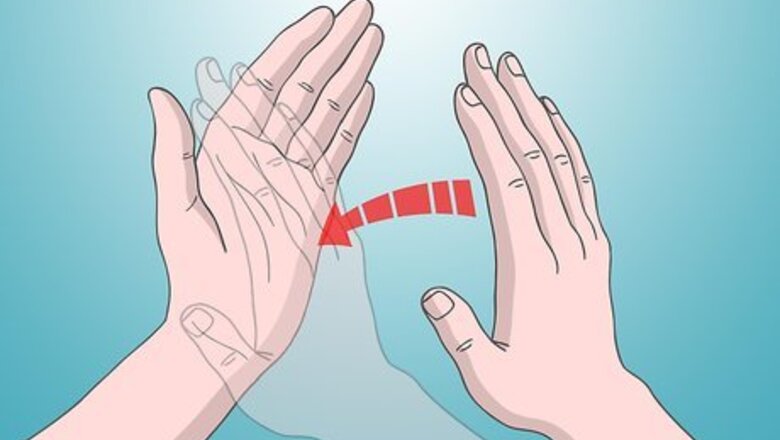
views
Doing The Slap Clap
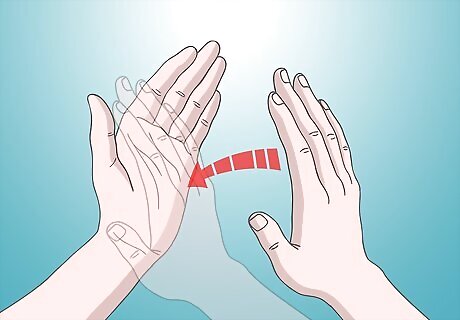
Know what basic clapping looks like. Typical clapping consists of separating your two hands about six inches from each other, and bringing them back together quickly to clap, making a smacking noise. Then you repeat this motion if you are doing something like applauding a performance. The positioning of your hands is important to creating a loud, smacking noise. Hand position varies, but usually people clap their hands one of two ways: Fingers contacting opposite hand’s palm. For this clap, have one of your hand’s fingers slapping your other hand’s palm (by having one hand positioned slightly lower than the other hand). The intensity and speed of the contact between you two hands will affect how loud your clap is. The hard and fast you bring your hands together, the louder your clap should be. The slower and softer you bring your hands together, the quieter your clap will be. Palms contacting palms. Have both of your hands slightly shifted off center, in a position where you could hold your own hand. In this clapping position, the parts of your hands making contact are your two palms.
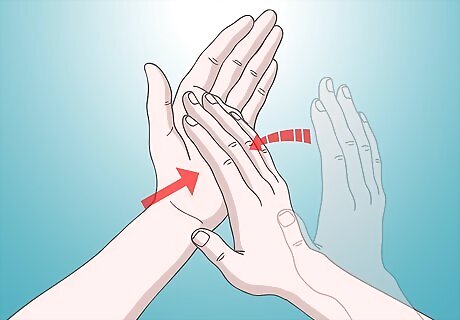
Know where you need to make contact for the slap clap. Contact the fingers of your left hand with the lower part of your palm on right hand, and contact the fingers of your right hand with the lower part of your palm on your left hand. That means that your hands are going to be alternating positions of height each time your hands make contact with each other. You can see the proper positions of where your hands should make contact if you put your hands up against each other (in a praying position), then slide one of your hands downward until your fingers come in contact with the middle of your palm (the area right underneath the beginning of your fingers). This differs from normal clapping, because you hands move positioning, rather than making contact at the same level, and simply opening and closing in an identical position.
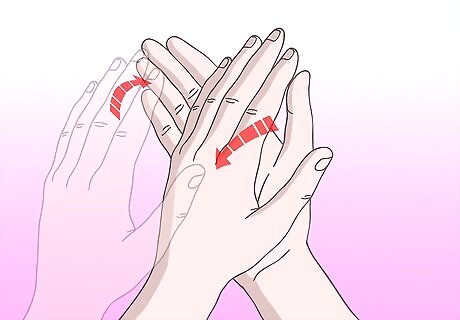
Practice clapping your left hand on your right hand. Practice clapping, contacting your left hand fingers on your lower right hand palm. Make sure to make good contact, where you can hear a clapping noise. Do this slowly first, to get the movement and positioning correct, but then build up to clapping faster and faster using only you left fingers on your right palm.
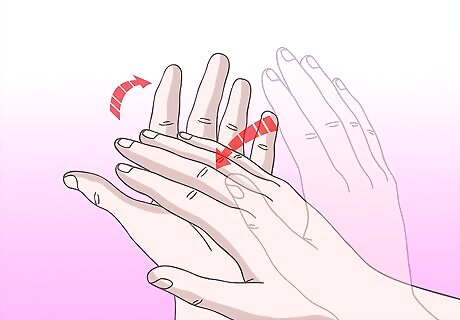
Practice clapping your right hand on your left hand. Once you understand where you need to contact your left fingers on your right palm, practice clapping your right fingers against your left palm. This is an identical movement as clapping with your left hand. Again, practice with in slow motion first so you can perfect your movements, but then practice this as fast as you can.
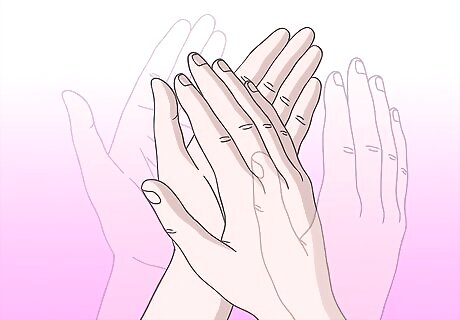
Do the fast slap clap. Now that you know how to clap each hand individually (left fingers on right palm, right fingers on left palm), now combine both of the clapping techniques: alternate clapping your left fingers on your right palm once, and your right fingers on your left palm once. Eventually work your way to a faster speed, but still try to remain accurate in the positioning of your hands. Your hands might looks like they’re sliding off of each other, ultimately making your clapping hands look like a flopping fish. Try clapping along to a song so you have a rhythm to follow.
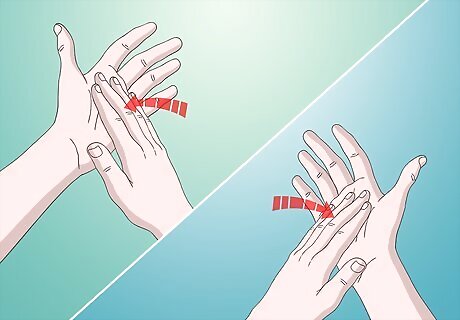
Practice. Learning to clap really fast takes time, practice, and patience. Because this is a slow learning process that requires extreme accuracy to complete correctly, keep a few things in mind as you practice your clapping: When you're clapping, try curving or cupping your hands slightly, so your hands create a little space of air in between your palm and your fingers, making your clap a bit louder. Distance between your hands is key. Try to keep just a few centimeters between your hands when you are alternating to make better hand contact. If you make large movements between each contact between your hands, your hands have a further distance to travel, and that increased distance will make your clap slower. You arms may get tired while clapping, just like any other muscular exercise. However, remember that practice makes perfect.
Doing The Fast Golfer's Clap
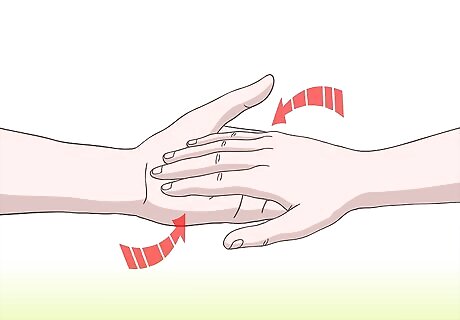
Position your hands. Place both of your hands against each other just like normal clapping. Then twist your hands in opposite directions (rotating one hand toward you and one hand away from you) to whichever position is most comfortable for you. Your hands should be able to "hold" each other now.

Begin clapping. Quickly move your top hand up and down, hitting against your bottom hand. Your fingers can slightly curve to cup the other hand, and produce a pocket of air when your hands are apart. This will make your clapping contact louder.
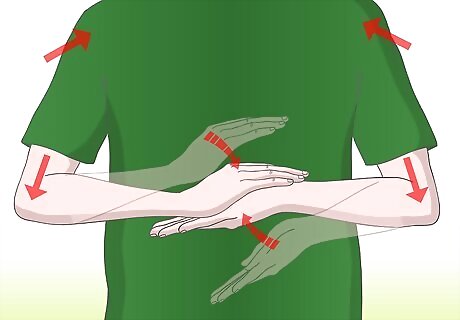
Practice. Clapping like this might get tiring, but if you keep your shoulder and elbow a bit stiff, your hands can be stabilized and increase the speed of your clapping. Keep practicing until you get the hang of it.



















Comments
0 comment